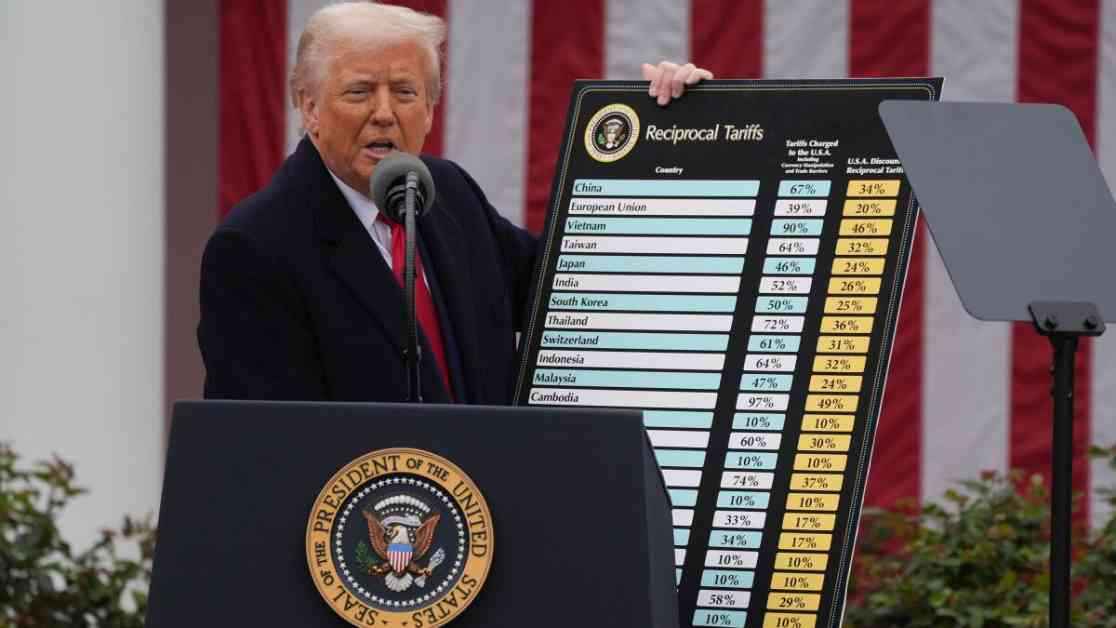President Trump’s controversial tariffs have sparked a fierce debate regarding their reciprocity and effectiveness. With claims that these tariffs are simply a response to unfair treatment faced by the United States in global trade, the administration’s approach has raised questions about their true nature.
Defining Reciprocal Tariffs
In a recent statement, President Trump described his tariffs as “reciprocal,” indicating a tit-for-tat approach to trade relations. However, experts like Brad DeLong, an economics professor at UC Berkeley, argue that true reciprocity would mean matching the tariff rates imposed by other countries on American exports. For instance, while Vietnam’s average tariff on US exports is around 10%, the 46% rate imposed by Trump on Vietnamese goods does not align with this definition.
The methodology behind the new tariffs introduced by the Trump administration is unique, focusing on America’s trade deficits with various nations rather than mirroring their tariff rates. By calculating the deficit with individual trading partners and dividing it by US imports from those countries, the administration arrives at a figure that often surpasses the tariffs imposed by other nations on American goods. This unconventional approach has led to claims of these tariffs being “discounted,” yet critics argue that they do not reflect true reciprocity.
The Implications of Trump’s Tariffs
One of the key arguments put forth by the administration is that these tariffs will incentivize foreign companies to relocate their factories to the US, boosting the domestic economy. Commerce Secretary Howard Lutnick has expressed confidence in this strategy, believing that the higher tariffs will compel companies to invest in American manufacturing facilities. However, the long-term impact of these tariffs remains uncertain, with many economists skeptical about their ability to reduce America’s trade deficit.
A recent survey conducted by the Kent A. Clark Center for Global Markets at the University of Chicago revealed that a majority of economists disagree with the notion that higher tariffs will lead to a smaller trade deficit. While Trump’s focus on reducing the trade deficit through import taxes is a cornerstone of his trade policy, experts caution that this approach oversimplifies the complexities of international trade. Jesse Rothstein, an economist at UC Berkeley, points out that the US often maintains a trade surplus in services, such as professional expertise, which is not factored into the administration’s calculations.
In conclusion, the debate surrounding President Trump’s tariffs underscores the complexities of international trade and the diverse factors that influence trade relations between nations. While the administration’s efforts to address perceived unfairness in global trade are commendable, the efficacy and consequences of these tariffs remain a subject of intense scrutiny and debate. As the global economy continues to evolve, a nuanced understanding of trade dynamics is essential to navigate the complexities of international commerce.














